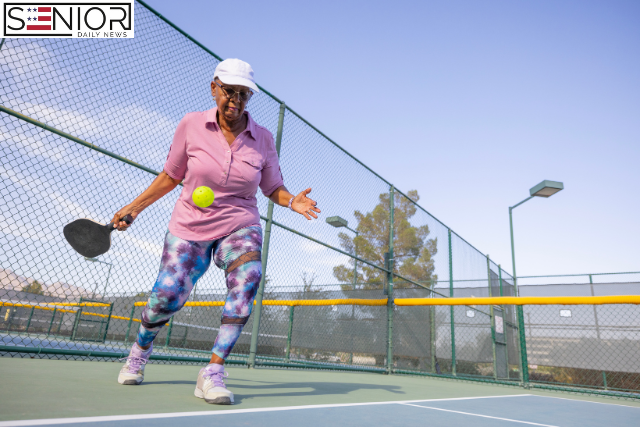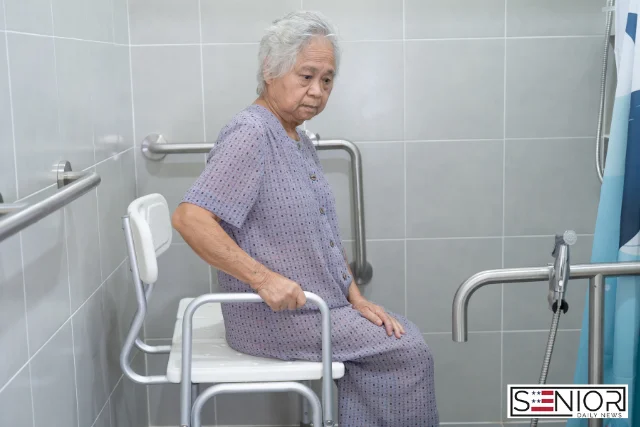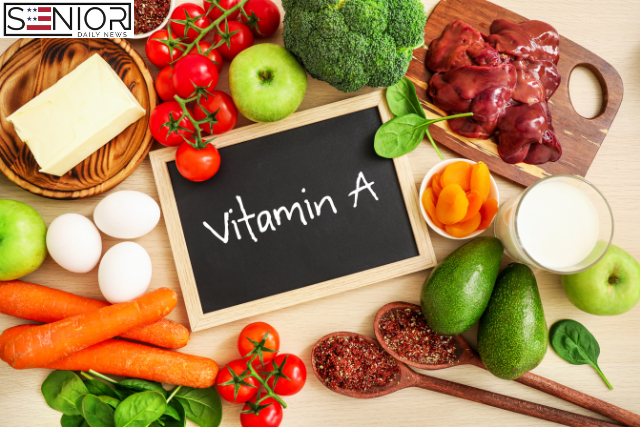Staying Fit with Pickleball: A Guide for Seniors

As we age, staying active becomes one of the most important things we can do to maintain our health, independence, and happiness. While many seniors are familiar with walking, swimming, and yoga as gentle fitness options, a newer contender has been rapidly growing in popularity—pickleball.
Pickleball is more than just a sport with a fun name. It’s a low-impact, highly engaging activity that’s helping seniors across the country stay fit, social, and mentally sharp. Whether you’re new to fitness or an active retiree looking for a fresh challenge, pickleball offers a balanced blend of physical exercise, social interaction, and joyful movement.
In this comprehensive guide, we’ll explore how pickleball compares to other senior-friendly exercises, the specific health benefits it offers, and how to get started safely and enjoyably.
What Is Pickleball?
Pickleball is a paddle sport that combines elements of tennis, badminton, and ping-pong. It’s played on a court about one-third the size of a tennis court, using a plastic ball with holes and a paddle that’s slightly larger than a ping-pong paddle.
Key features:
- Can be played singles or doubles
- Often played indoors or outdoors
- Uses underhand serving and slower-paced rallies
- Emphasizes quick reflexes and strategy over brute strength
Because of its smaller court size and slower ball speed, it’s ideal for seniors looking for a fun, engaging activity that doesn’t place too much stress on joints or muscles.
Why Seniors Love Pickleball
Pickleball has become a favorite among retirees and older adults for a few good reasons:
1. Low-Impact Exercise
Unlike running or basketball, pickleball is easier on the knees and hips, especially since the court is smaller and doesn’t require constant sprinting.
2. Improves Balance and Coordination
The movements involved—shifting, swinging, reacting—are excellent for improving agility and stability, which helps prevent falls.
3. Social Connection
Games are short, friendly, and often played in pairs. This creates natural opportunities to make friends and be part of a welcoming community.
4. Cognitive Benefits
Pickleball involves strategic thinking, split-second decision-making, and quick reactions—all of which help keep the brain engaged and sharp.
Pickleball vs. Other Senior Fitness Activities
Let’s compare how pickleball stacks up against other popular activities:
Walking
Pros: Accessible, low-impact, good for cardiovascular health
Cons: May not improve agility, balance, or upper body strength as effectively
Pickleball offers more variety in movement and can challenge both the body and the mind, making it a more well-rounded activity.
Swimming
Pros: Excellent for joint pain, full-body workout, good cardio
Cons: Requires pool access, less opportunity for social interaction while exercising
Pickleball is more social and requires less facility infrastructure than swimming.
Yoga or Tai Chi
Pros: Improves flexibility, balance, and mindfulness
Cons: Lower calorie burn, less cardiovascular conditioning
Pickleball complements these slower practices by adding a cardio component and a bit of friendly competition.
Tennis
Pros: Great for endurance, full-body fitness
Cons: High-impact, can strain joints, court size may be too demanding
Pickleball offers similar benefits in a more senior-friendly format.
Health Benefits of Pickleball for Seniors
1. Cardiovascular Fitness
Pickleball keeps your heart rate elevated in short bursts, helping to:
- Lower blood pressure
- Improve circulation
- Support weight loss or maintenance
- Reduce risk of stroke and heart disease
2. Muscle Tone and Strength
Swinging the paddle, shuffling across the court, and bending for the ball strengthen muscles in:
- Legs
- Arms
- Core
- Shoulders
It promotes functional strength—important for daily tasks like climbing stairs or lifting groceries.
3. Balance and Fall Prevention
According to the CDC, one in four Americans over 65 falls each year. Pickleball improves:
- Reaction time
- Joint stability
- Core strength
…all of which reduce the likelihood of falls.
4. Mental and Emotional Well-being
Regular play helps:
- Reduce symptoms of depression and anxiety
- Improve sleep
- Boost self-esteem and confidence
- Create opportunities for laughter and joy
Being part of a community also combats loneliness—a major concern among seniors.
How to Get Started with Pickleball
You don’t have to be an athlete to start enjoying pickleball. Here’s how to take the first step:
1. Find a Local Pickleball Group
- Check with community centers, senior centers, YMCAs, or parks and recreation departments
- Websites like USAPickleball.org have directories of public courts and leagues
2. Take a Beginner Class
Many clubs offer beginner clinics. These sessions teach you:
- Basic rules
- Proper grip and paddle handling
- Footwork and safety tips
- Scoring and court etiquette
3. Invest in the Right Gear
You don’t need much to begin:
- Lightweight paddle (between 7–9 oz)
- Pickleball balls (indoors and outdoors vary slightly)
- Supportive athletic shoes with good grip
- Comfortable clothing
Look for gear specifically designed for seniors or beginners, often marked as “control-oriented” paddles.
4. Start Slow and Warm Up
Even though it’s fun, pickleball is still exercise. Always:
- Stretch before and after games
- Take breaks between games
- Stay hydrated
- Listen to your body
Safety Tips for Senior Pickleball Players
As with any sport, safety is key—especially for older adults.
- Wear proper shoes (avoid running shoes with high heel lifts)
- Avoid overextending your reach—move your feet instead
- Strengthen your core and legs to improve stability
- Keep your knees slightly bent to reduce impact
- Practice balance exercises off the court
Don’t push through pain. If you feel discomfort in your knees, hips, or shoulders, consult a physical therapist or sports medicine specialist before continuing.
FAQs: Pickleball for Seniors
Q: Is pickleball safe for people with arthritis?
A: Yes. The low-impact nature of pickleball makes it suitable for those with mild to moderate arthritis. Always consult your doctor for specific concerns.
Q: Can I play pickleball if I’ve never played a sport before?
A: Absolutely! Pickleball is beginner-friendly, and many senior leagues welcome newcomers with open arms.
Q: How often should I play to see health benefits?
A: Aim for 2–3 times per week. Combine pickleball with light strength training or stretching for the best results.
Q: Can pickleball help with weight loss?
A: Yes. A typical game can burn 250–400 calories per hour, depending on intensity and duration.
Q: What if I have balance issues?
A: You can still enjoy pickleball at a slower pace. Work with a coach or physical therapist to improve your confidence and coordination.
Final Thoughts
Pickleball isn’t just a game—it’s a wellness tool disguised as fun. For seniors, it offers a rare combination of low-impact movement, mental engagement, and joyful connection. It’s a way to stay active without overexertion, to socialize without pressure, and to compete without fear of injury.
Whether you’re 60 or 85, you can start playing today. The only requirement is a willingness to try something new, to laugh a little, and to enjoy movement on your terms.
In the end, staying fit with pickleball is about more than physical health—it’s about living a longer, fuller life with every swing, smile, and shuffle across the court.
Image Designed Using Canva






